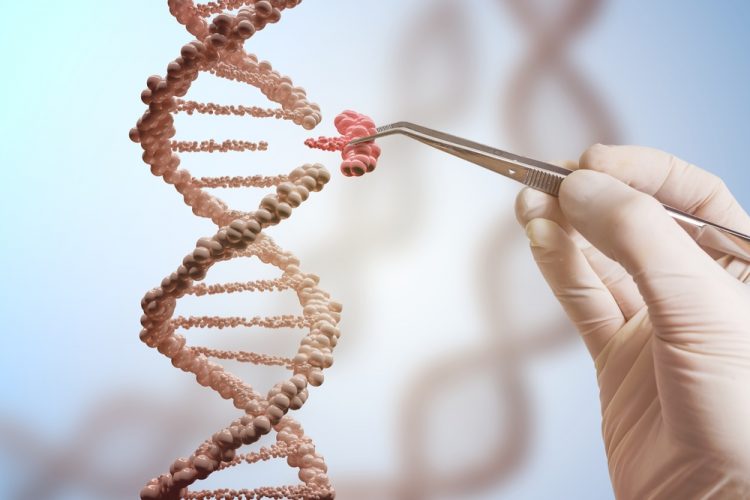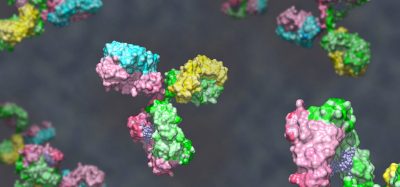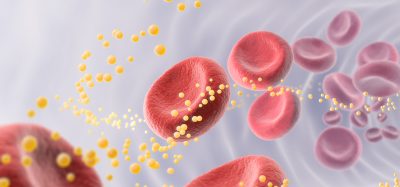Study shows that CRISPR-Cas9 gene editing has a low risk of mistakes
Posted: 4 December 2019 | Rachael Harper (Drug Target Review) | No comments yet
A study has shown that unintended mutations from gene editing with CRISPR-Cas9 are rare in zebrafish, providing reassurance that this technology is a valid tool with great promise for the treatment of genetic disorders.


A recent study has shown that CRISPR-Cas9 did not produce off-target gene mutations in zebrafish, which confirm previous data in animal models that the risk to the rest of the genome from gene editing is minimal.
…CRISPR-Cas9 is also a powerful research tool, helping us create new models of genetic disease with confidence”
“Our data add to a growing and important body of work from the scientific community that unintended mutations from gene editing with CRISPR-Cas9 are extremely rare,” said senior author Nico Katsanis, PhD, Director of the Advanced Center for Translational and Genetic Medicine, Stanley Manne Children’s Research Institute, at Ann & Robert H. Lurie Children’s Hospital of Chicago. “These findings help to alleviate concerns about harmful errors when gene editing is used in humans. Our results provide reassurance that this technology is a valuable and valid tool with great promise for the treatment of genetic disorders.”
Dr Katsanis and colleagues performed whole exome sequencing (WES) in over 50 individual organisms from three generations of zebrafish, which allowed robust testing of gene-editing effects. WES is used to identify genetic variants in portion of the genome that codes for proteins and makes up the building blocks of cells, tissues and organs of the body.
Biomarkers aren’t just supporting drug discovery – they’re driving it
FREE market report
From smarter trials to faster insights, this report unpacks the science, strategy and real-world impact behind the next generation of precision therapies.
What you’ll unlock:
- How biomarkers are guiding dose selection and early efficacy decisions in complex trials
- Why multi-omics, liquid biopsy and digital tools are redefining the discovery process
- What makes lab data regulatory-ready and why alignment matters from day one
Explore how biomarkers are shaping early drug development
Access the full report – it’s free!
“Although our study is just one of many recent reports, it is unique because we studied a large group of related animals that allowed us to screen for off-target effects in an unbiased way,” added co-author Erica Davis, PhD, from the Advanced Center for Translational and Genetic Medicine, Manne Research Institute at Lurie Children’s. “In addition to clinical implications, our results indicate that CRISPR-Cas9 is also a powerful research tool, helping us create new models of genetic disease with confidence.”
The results of the study were published in Frontiers in Genetics.
Related topics
Big Data, CRISPR, Gene Testing, Genetic Analysis, Genome Editing
Related organisations
Ann & Robert H. Lurie Children's Hospital of Chicago
Related people
Erica Davis PhD, Nico Katsanis PhD







